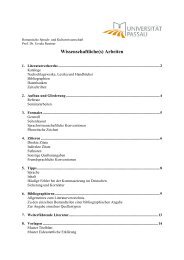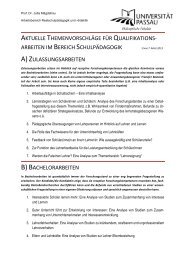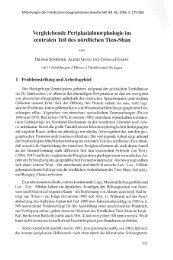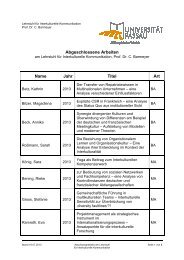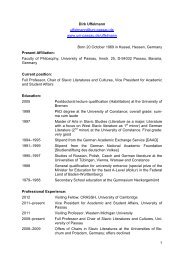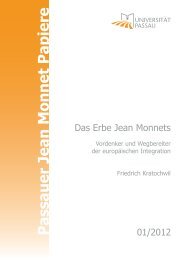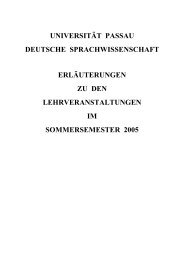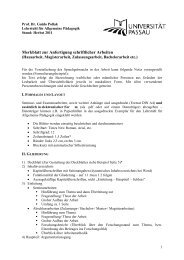The attempt to adopt a mixed-member proportional election system ...
The attempt to adopt a mixed-member proportional election system ...
The attempt to adopt a mixed-member proportional election system ...
Create successful ePaper yourself
Turn your PDF publications into a flip-book with our unique Google optimized e-Paper software.
17<br />
not like the integrated <strong>proportional</strong> one proposed by Krirkkiat. Moreover, the basic<br />
decision between these two <strong>system</strong>s could certainly not be described as a “detail” <strong>to</strong><br />
be dealt with at a later point, all the more since the <strong>proportional</strong> approach would have<br />
run in<strong>to</strong> calculation problems (as Krirkkiat had pointed out just before the vote was<br />
called) if the number of MPs were fixed at 320 <strong>to</strong> 80. Thus, logically, there should<br />
have been a decision about the fundamental character of the <strong>election</strong> <strong>system</strong> first, with<br />
a search for the most appropriate relationship between constituency and <strong>proportional</strong><br />
MPs coming afterwards.<br />
As a consequence of this confused process of discussion and decision making<br />
by the <strong>member</strong>s of the CDC, section 91 of the draft constitution published on April<br />
26, 2007 for the public-hearing process provided for a House of Representatives comprising<br />
400 MPs. Article 92 divided these 400 MPs in<strong>to</strong> 320 MPs elected in multi<strong>member</strong><br />
districts. 29 In principle, these MMD should comprise three MPs, representing<br />
a return <strong>to</strong> the pre-1997 <strong>system</strong>. In addition, there should be 80 MPs called “<strong>proportional</strong>”<br />
(satsuan, in Thai, “<strong>proportional</strong>” simply replacing the expression “party list”<br />
from the 1997 constitution) elected in four elec<strong>to</strong>ral zones with roughly the same population<br />
numbers. Each zone would thus have 20 MPs. <strong>The</strong>y would be allocated <strong>proportional</strong>ly<br />
<strong>to</strong> political parties according <strong>to</strong> the number of votes they had received in<br />
the respective zone. 30 <strong>The</strong> CDC offered a number of reasons for their changes <strong>to</strong> the<br />
1997 constitution, as required by the interim charter. Unfortunately, almost all of them<br />
were invalid so that, in fact, they could not support the draft stipulations. Most certainly,<br />
these reasons for any changes made did not include any hint that the <strong>mixed</strong><strong>member</strong><br />
majoritarian <strong>system</strong> of 1997 had been changed <strong>to</strong> a <strong>mixed</strong>-<strong>member</strong> <strong>proportional</strong><br />
<strong>system</strong> in 2007.<br />
Trying <strong>to</strong> determine which <strong>election</strong> <strong>system</strong> won the vote in Bang Saen<br />
This first draft of the 2007 constitution was only an interim product. A new round of<br />
discussions in the CDC followed after the hearing results had come in. In the minutes<br />
of the CDC’s 35th meeting on June 1, 2007, fifty pages are about the <strong>election</strong> <strong>system</strong>.<br />
Interestingly, the CDC’s confusing decision from about seven weeks earlier now returned<br />
<strong>to</strong> the meeting with a discursive search by the committee <strong>member</strong>s for what<br />
they had actually decided on on April 10, 2007. On the one hand, Woothisarn Tanjai<br />
reiterated that he supported the 320 <strong>to</strong> 80 formula for two reasons. First, the <strong>system</strong>




